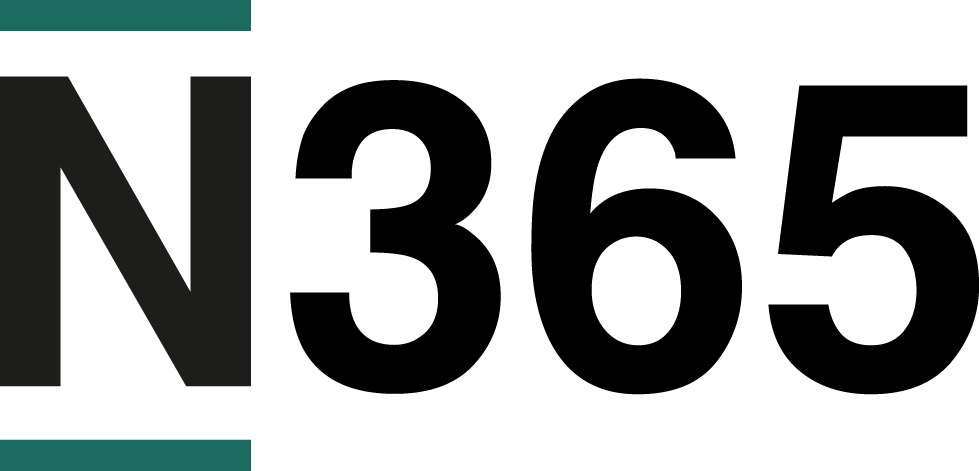The 50-30-20 Calculatorhow to budget your money more efficiently
The 50/30/20 budget is beautiful in its simplicity. It can help you divide your income into categories that make saving easy.
What is the 50/30/20 rule?
The 50/30/20 rule is a popular budgeting method that splits your monthly income among three main categories. Here’s how it breaks down: 50% for basic necessities, 30% for disposable income, and 20% for savings and debt payments. It’s a really effective way to balance your income, manage yourself effectively to generate a good amount of savings, avoid wasting money, and reach all of your financial goals.
Monthly after-tax income.
This figure is your income after taxes have been deducted. It's likely you'll have additional payroll deductions for things like health insurance, 401(k) contributions or other automatic payments taken from your salary. Don't subtract those from your gross (before tax) income. If you've lumped them in with your taxes, you'll want to separate them out — subtract only taxes from your gross income.
50% of your income: needs.
Necessities are the expenses you can’t avoid. This portion of your budget should cover required costs such as:
- Housing.
- Food.
- Transportation.
- Basic utilities.
- Insurance.
- Minimum loan payments. Anything beyond the minimum goes into the savings and debt repayment bucket.
- Child care or other expenses that need to be covered so you can work.
30% of your income: wants
Distinguishing between needs and wants isn’t always easy and can vary from one budget to another. Generally, though, wants are the extras that aren’t essential to living and working. They’re often for fun and may include:
- Monthly subscriptions.
- Travel.
- Entertainment.
- Meals out.
20% of your income: savings
20% of your income: savings and debt. Savings is the amount you sock away to prepare for the future. Devote this chunk of your budget to paying down existing debt and creating a financial cushion.
How, exactly, to use this part of your budget depends on your situation, but it will likely include:
Starting and growing an emergency fund.
Saving for retirement through a 401(k) and perhaps an individual retirement account.
Why use the 50/30/20 rule?
Who came up with the 50/30/20 rule?
Frequently asked questions
Needs are expenses that you can’t avoid—payments for all the essentials that would be difficult to live without. For instance:
- Monthly rent
- Electricity and gas bills
- Transportation
- Insurance (healthcare, car, or pets)
- Groceries
Wants are defined as non-essential expenses—things that you choose to spend your money on, although you could live without them if you had to. For instance:
- Dining out
- Shopping
- Holidays
- Gym memberships
- Entertainment subscriptions (Netflix, HBO, Spotify)
- Groceries (other than the essentials)
Savings are put aside towards your financial goals or used to pay back any outstanding debt. For instance:
- Money for emergency expenses
- Retirement investments
- Long-term personal financial plans
- A down payment on real estate
- Investments in your education
What Users Says About Our Service

Entrepreneur
Lorem ipsum dolor sit amet, consectetur adipiscing elit, sed do eiusmod tempor incididunt ut labore et dolore magna aliqua Ut enim ad minim veniam

CEO Bciaga
Lorem ipsum dolor sit amet, consectetur adipiscing elit, sed do eiusmod tempor incididunt ut labore et dolore magna aliqua Ut enim ad minim veniam

Businessman




Lorem ipsum dolor sit amet, consectetur adipiscing elit, sed do eiusmod tempor incididunt ut labore et dolore magna aliqua Ut enim ad minim veniam